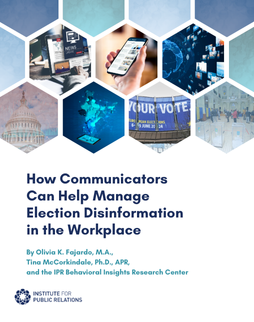Dan Ariely of the Duke University Fuqua School (and one of my favorite behavioral economists) posted a new video last week on “The Pain of Paying.” There are lessons here about encouraging desired outcomes by adapting communication to the realities of how people think about paying for stuff.
That’s not to say manipulating them to make decisions that aren’t in their best interests (an ethics topic for another day), but helping them do what’s in their own best interests.
Ariely calls the pain of paying a moral tax on consumption. That can be a good thing whenever careful use of resources (financial or otherwise) seems wise. For example, if it’s good to lower energy use at home, a thermostat that shows the cost of heat so far this month (or over the past hour) might be highly effective. When awareness of payment is positioned close to consumption, we are more careful about consumption.
Now, I don’t encourage anyone to spend carelessly. But I can identify with another example in Ariely’s video: If you go out for a special dinner with friends and intend to pay cash, your mind may focus too much on cost and too little on enjoying your friends. Pre-paying for dinner might allow you to have a better time. The same can be said of pre-paying for vacations.
Ariely talks about ways that individuals can raise or lower their thresholds for the pain of paying. Communicators can certainly help audiences learn to spend less by emphasizing immediate costs. We can also do the opposite – help them enjoy themselves by putting off the day of reckoning. Let’s face it, many of us are better at the latter than the former. But it surely helps us, as communicators and as individuals, to understand how our brains are wired in terms of the psychology of paying.
Frank Ovaitt is President and CEO of the Institute for Public Relations.



